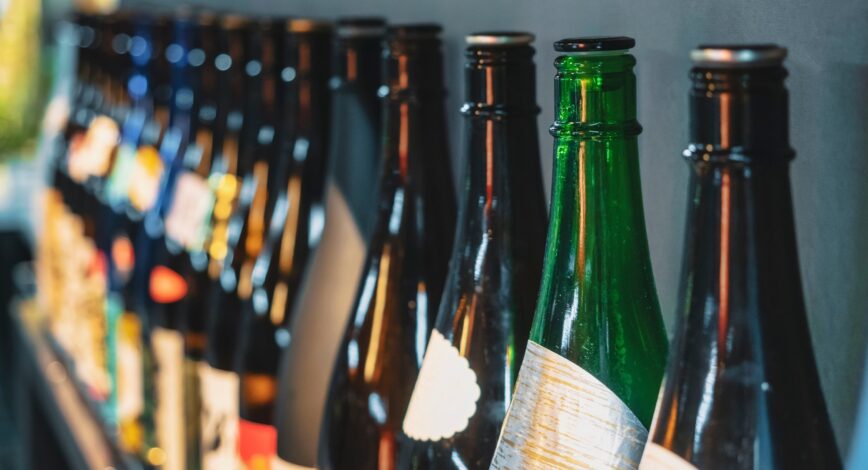
Serving
How to select Sake? What you can do to find the Sake for you
When you go to a liquor store to pick a bottle of Sake, or at Izakaya to drink a glass, there is no doubt that you encounter numerous types of Sake. Unless you are determined to get particular label, you might feel at a loss what to select. Below is a general guidance of how to select Sake!
1. Match with cuisine
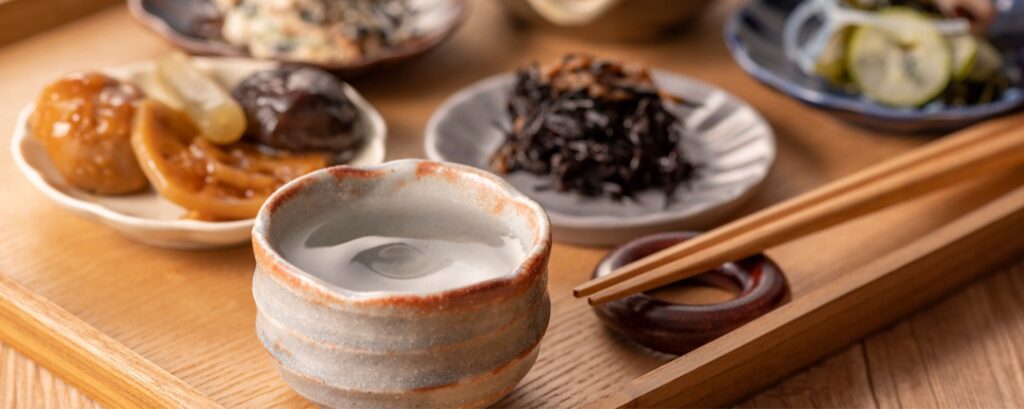
Considering marriage between cuisine and Sake, refer to the following 4 categories : Kunshu (薫酒), Soshu(爽酒), Junshu(醇酒), and Jukushu(熟酒), which will help you select Sake more easily.
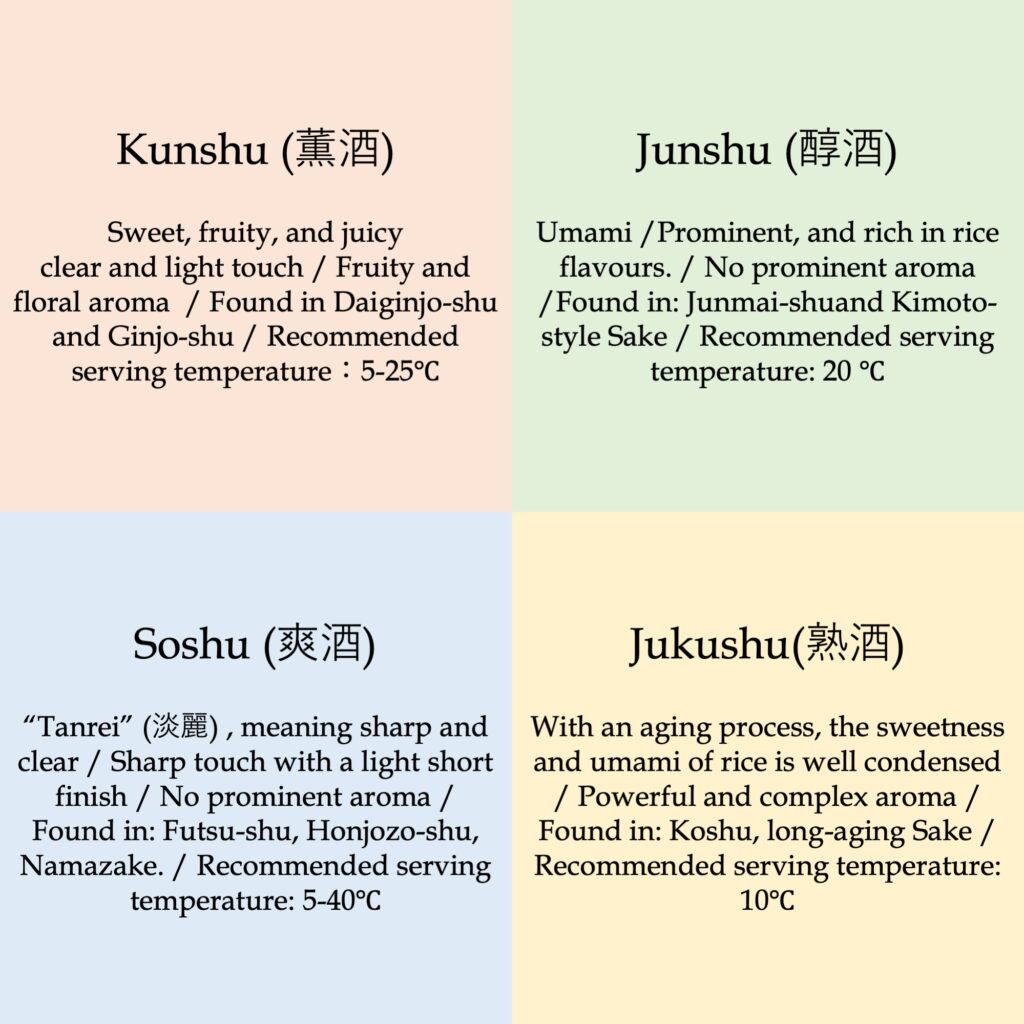
With regards to the pairing with cuisine, a general rule is to match the concentration of flavours. This is to say, powerful Sake is recommended for cuisine with strong flavours, on the contrast, light Sake can create a great match with lightly-flavoured dishes. When the level of concentration of flavours and aroma between cuisine and Sake is appropriate, they could create an indescribable unity.
With the most suitable temperatures, the result of pairing can turn out even better. For instance, cold Sashimi can be accompanied with very cold Soshu (爽酒), whereas Junshu (醇酒) is recommended for heavier dishes like fries. The principal logic is that Sake can match with any food that can go well with rice, however, the world of Sake can be more interesting if you are aware of the matchings of flavour concentration and temperatures etc.
2. Match with your feelings

With or without knowledge on the matching combination of Sake, you could spontaneously choose Sake according to what flavours you feel like tasting. If you would like a night to be full of heavy rich tastes of food and drinks, strong type of Junmaishu and aged Sake can be an option. In contrast, if you prefer light meals with clear lightly-flavoured drinks on a hot summer day, you could choose Daiginjo style. Spontaneous choice might be hard to make if you are not very familiarized with Sake. Do not worry. There are experts called Kikisake-shi who gives consultations to support you with knowledge and tasting experiences.
Besides, there is an AI developed to recommend Sake, called KAORIUM. It associates the people’s mental situations with the natural language competence. For instance, if we input the words like “in a mood to be soothed, to feel excited, or to feel calm”, the AI indicates a Sake recommended for these occasions. The service of the AI is not limited to the selection of Sake, but it also can propose dishes to go well, as Kikisake-shi does. This technology is relatively new and still has not spread out yet. We could keep an eye on the technology as it can be a catalyst for an expansion of the Sake industry.
3. Match with characteristics of the production sites
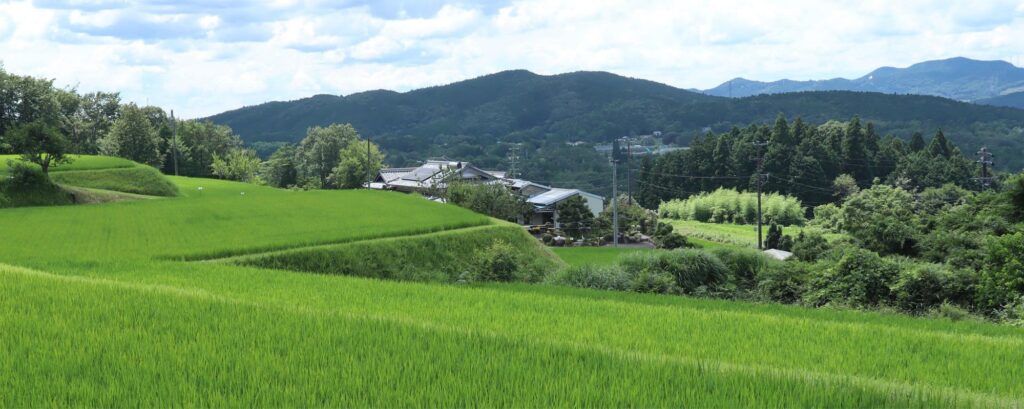
Regionality
Needless to say, locality contributes to the taste and flavour of Sake. Sake is produced across Japan, from Hokkaido, the North edge, to Okinawa, the South edge. As Sake is often produced using local ingredients, the product is likely to carry characteristics of the region. Types of rice and water vary depending on the production sites. This is why Jizake (地酒), local Sake, is said to reflect the local tastes. Here is the list of prefectures whose Sake is largely appreciated.
Akita Prefecture
Akita Prefecture has an affluent water of high-quality, and its climate is suitable for growing rice. Thus Akita has long been recognized as a suitable Sake production area. Due to its cold winter, the Sake production in Akita has been using low-temperature long-fermentation methods, which creates light and detailed flavours.
Fukushima Prefecture
Fukushima has long been known as Sake production area because of its large volume of rice harvest. It has continuously won the 1st prize last 8 years in the contest of the Annual Japan Sake Awards held by National Research Institute of Brewing. Sake from Fukushima Prefecture is always considered to be a good match with cuisine. If you have a chance, I highly recommend you try the labels with gold prizes.
Yamagata Prefecture
Yamagata Prefecture is also well-known as a Sake production area since it produces high-quality rice suitable for Sake, such as Haenuki and Tsuya-hime. Sake from Yamagata Prefecture tends to be fruity and easy to drink therefore it can attract even the non-connoisseurs of Sake.
Niigata Prefecture
Niigata Prefecture is also well-known for rice harvesting. In fact its volume of rice production is largest among all the prefectures within Japan. Agriculture flourishes in Niigata, providing a suitable situation for Sake production both in geographical and labour-force contexts. Sake from Niigata is light and sharp, well-matched with dishes, so it is continuously loved by Sake lovers.
Shimane Prefecture
Shimane Prefecture is well known as the birthplace for Sake. Izumo Shrine, which is believed to be home for a god who created an ancient Japan, is located in Shimane Prefecture. The temperature goes down deeply in winter, proving an ideal situation for its Sake production. Its local water is low in minerals, so it causes a slow fermentation. Sake comes to have a soft smooth touch. Sake from Shimane is especially known for the well-balanced sweetness, umami, and acidity to create a good match with a variety of cuisines.
Production methods
Sake labels also mention the methods of production. The following are the common variation of production methods, which could give you a simple guidance on the difference in tastes.
Genshu
There is no water added to adjust the level of alcohol. Genshu tends to be high in alcohol, and it can express the authentic flavour of rice.
Nama-Sake
Hi-ire, pasteurization process, is omitted for Nama-sake. Hi-ire is performed to stop the fermentation caused by enzymes. Nama-sake, therefore, provides fresh flavours with active bacteria remaining inside. It is required to be refrigerated to maintain its freshness and prevent the deterioration of the quality.
Nama-genshu
No water is added, and pasteurization is omitted. It has characteristics of both Genshu and Nama-sake.
Nigori-sake
A coarse filter or strainer is used to separate Moromi into Sake and distiller’s grains. Sake acquired in this way is called Nigori-sake, with more grains being left inside the liquid. It has white cloudy yogurt-like textures with a rich taste.
Koshu
Koshu is an aged Sake. Aging duration is at least two years, and sometimes lasts for more than 10 years. The duration of aging transforms the flavours. It can emit Jukuseika, a unique flavour for the aged Sake, characterized by mild sweet flavour like caramel and moderate level of acidity.
4. Ask for recommendations
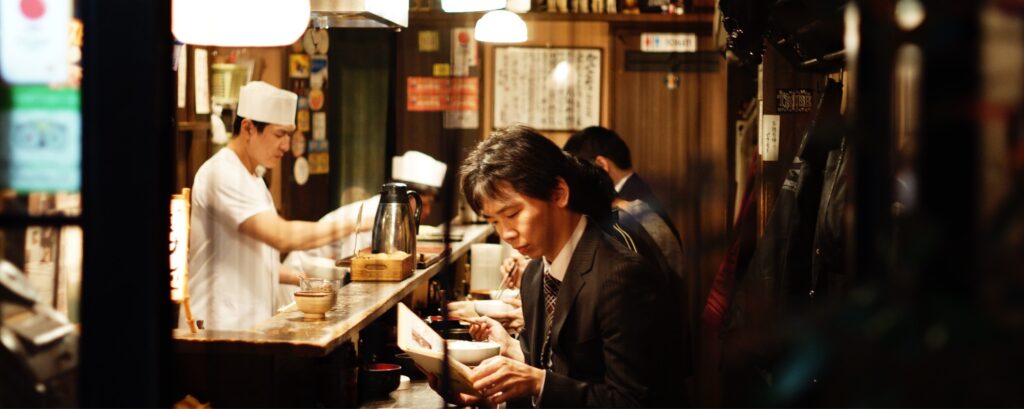
When you cannot decide on what label to select, you could receive suggestions from a staff. If you give some keywords, for instance, you would like something concentrated, sweet, otherwise, what dishes to match with, or you would prefer to consume hot or cold etc., the staff should be able to give you some advice and help you select the most suitable label for the occasion, not mentioning the best for the season or in trend. If you are lucky, you might encounter a rare bottle of the limited production.
Having a large variety, the world of Sake is deep. It is sometimes too complicated to understand the different types if you are not familiarized enough. To pull newly interested people into the world of Sake simplification should be one of the first steps so they have more opportunities to experience and explore the world of Sake!
ikki is looking for a partner who can post your knowledge or activity on our media. If you are interested please contact us through CONTACT page.




